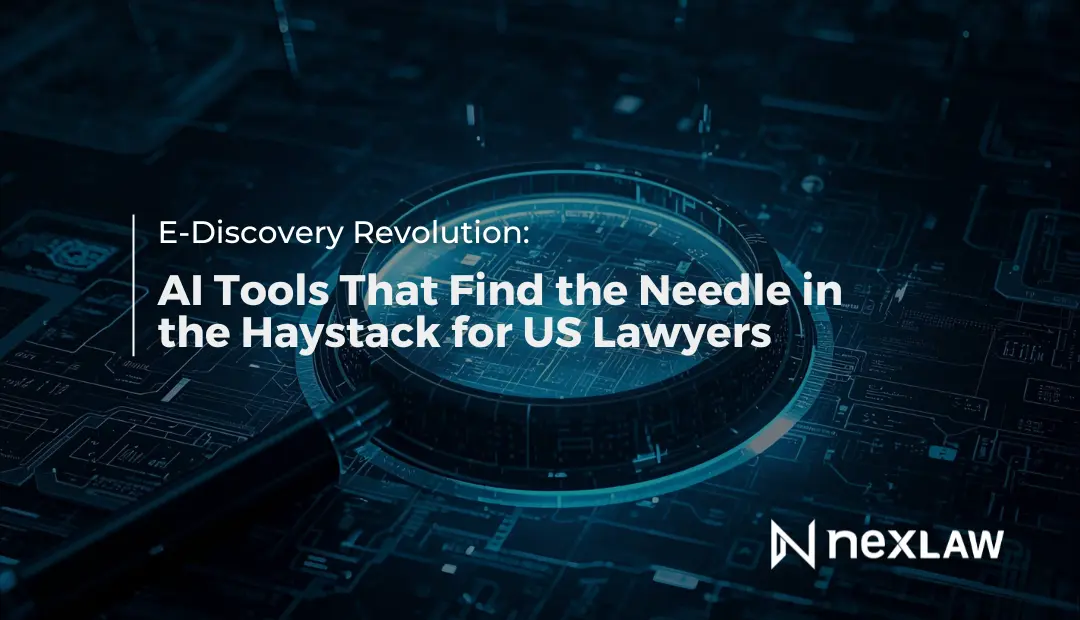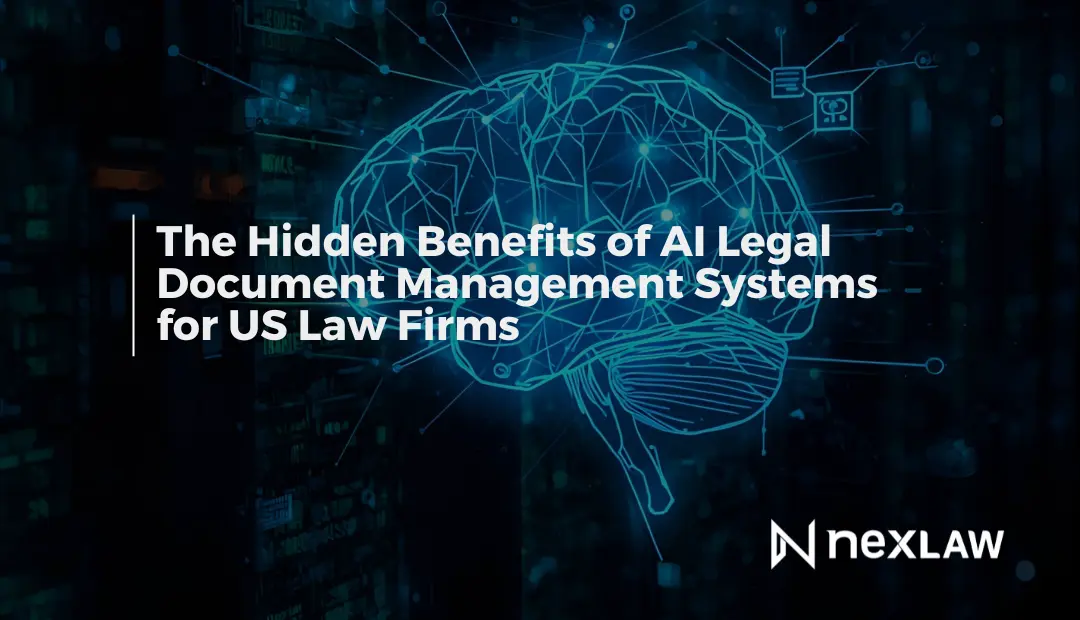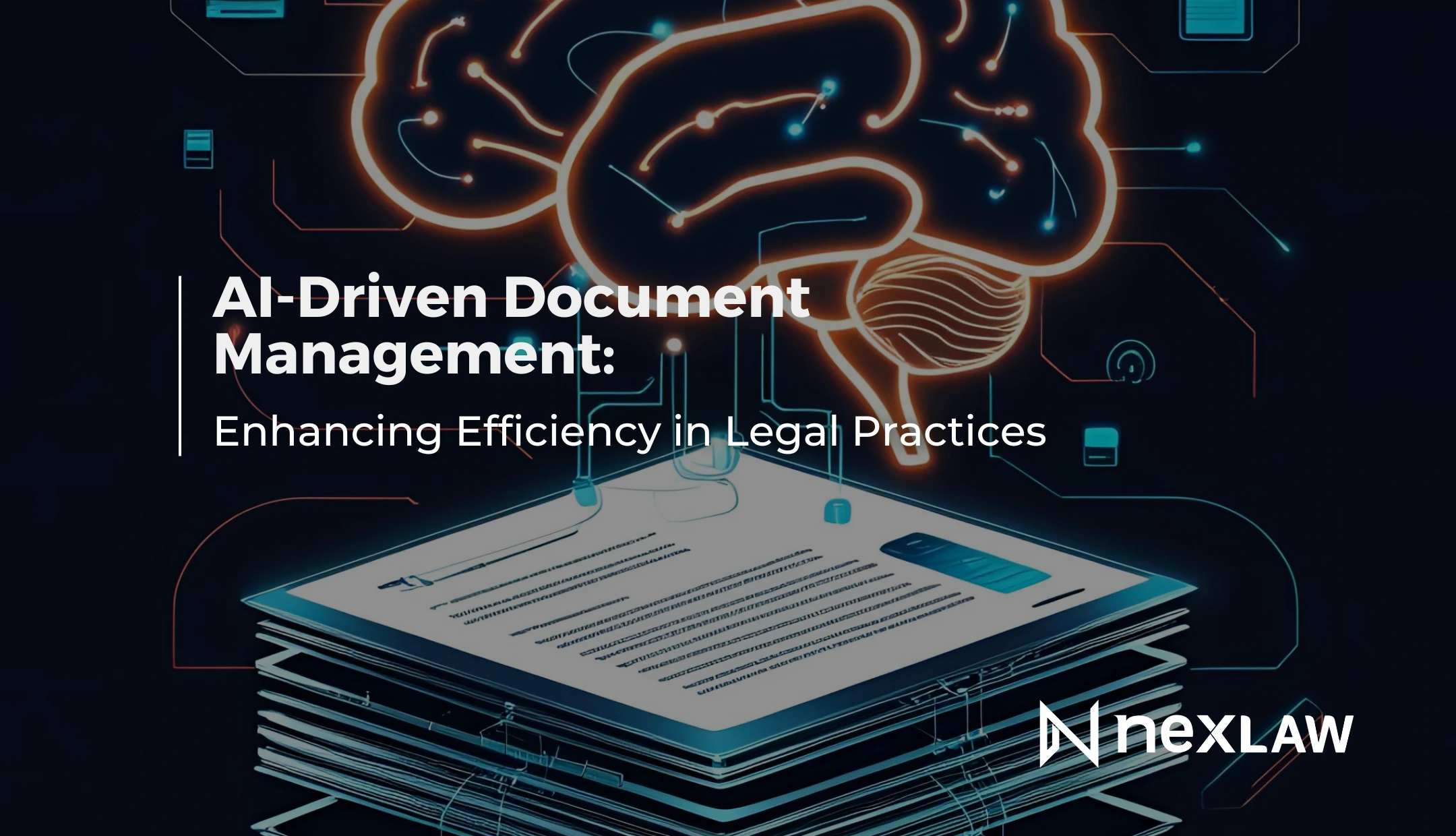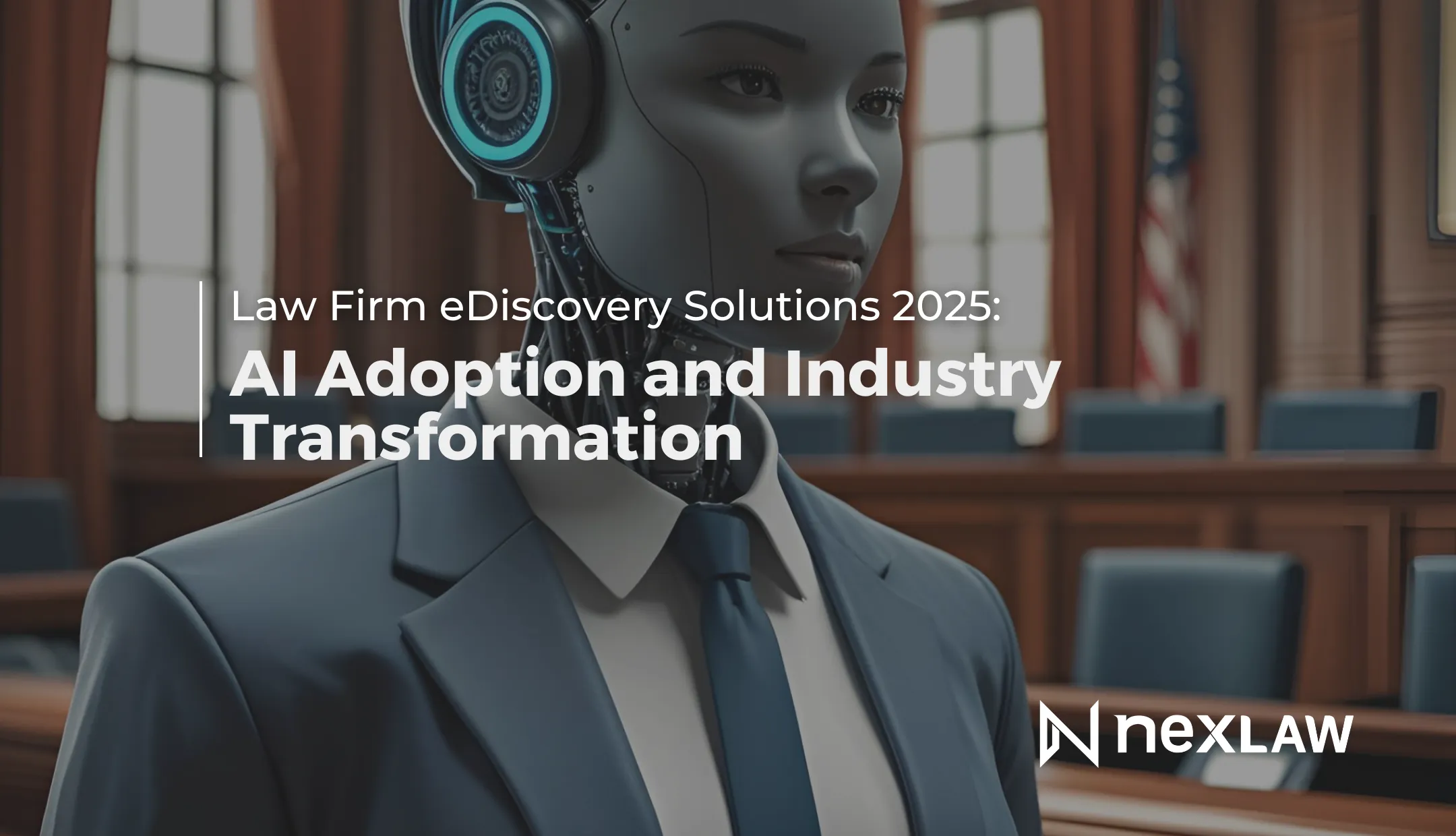Legal eDiscovery Software: Navigating the Zero-Trust Security Revolution
The legal eDiscovery software landscape has undergone a seismic shift in 2025, driven by the intersection of zero-trust cybersecurity frameworks and the explosive growth of non-traditional communication formats. Legal professionals now face unprecedented challenges in capturing emoji-based conversations, ephemeral messaging, and collaborative platform communications while maintaining the highest security standards.
Unlock Legal Insights Instantly!
Zero-Trust Security Framework Transforms Legal Discovery
Cybersecurity concerns have reached a critical point in eDiscovery, leading to widespread adoption of zero-trust security frameworks within legal eDiscovery software. This revolutionary approach assumes no user or system can be automatically trusted, requiring continuous verification at every stage of the discovery process.
The implementation of zero-trust architecture in 2025 includes multi-factor authentication, end-to-end encryption, and granular access controls specifically designed for legal eDiscovery environments. Legal teams are securing the entire discovery pipeline, from initial data collection through production, with particular attention to vulnerable points like third-party data transfers and cloud storage systems.
Major technology providers are responding to these security demands. Microsoft’s Purview platform continues to revolutionize organizational approaches to data compliance and eDiscovery within Microsoft 365 environments, with significant updates to retention policies, automated classification systems, and enhanced cross-platform search capabilities in 2025.
The platform’s AI-powered data classification system automatically identifies and categorizes sensitive information across all Microsoft 365 applications, enabling organizations to maintain compliance with evolving data privacy regulations while streamlining their eDiscovery processes.
The Emoji Communication Challenge in Legal Discovery
Legal eDiscovery software must now address the proliferation of emoji-based communication, ephemeral messaging apps, and collaborative platforms that have created new challenges in evidence collection and interpretation. The context-dependent nature of emojis requires sophisticated analysis tools that can interpret emotional intent and cultural nuances.
Courts are expecting legal teams to demonstrate competency in handling these modern communication formats as part of their eDiscovery obligations. The increasing use of workplace collaboration tools like Slack and Microsoft Teams requires new approaches to data collection and preservation that traditional legal discovery software struggled to address.
Legal professionals must adapt their eDiscovery protocols to effectively capture and preserve non-traditional forms of communication that carry legal significance. A simple thumbs-up emoji in a contract negotiation could constitute acceptance, while the crying-laughing emoji might indicate sarcasm that changes the entire context of a business communication.
Modern legal eDiscovery software now incorporates natural language processing capabilities that understand not just text but also interpret emoji usage patterns, cultural contexts, and platform-specific communication conventions.
Generative AI Integration Revolutionizes Document Review
The integration of generative AI into legal eDiscovery software represents a paradigm shift in how legal teams process and analyze electronic evidence. Unlike traditional keyword-based searches, generative AI systems understand context, identify patterns, and predict potentially relevant documents based on learned patterns and case-specific factors.
The AI Legal Tech Market is projected to expand by $4.07 billion from 2024 to 2029, with an impressive CAGR of 31.1%, driven by enhanced operational efficiency and rapid advancements in AI capabilities. Legal eDiscovery software represents a significant portion of this growth as firms recognize the competitive advantages of AI-enhanced discovery processes.
Federal agents and attorneys in criminal cases, traditionally cautious adopters of new technology, are increasingly open to defense teams leveraging generative AI for eDiscovery document review. This growing acceptance stems from the dual need to process records promptly while offering cost-effective solutions for clients.
Law firms are using generative AI tools within their eDiscovery software to automatically generate preliminary document summaries, identify privilege patterns, and create initial drafts of privilege logs. However, this technological advancement brings new ethical considerations that legal professionals must carefully navigate.
Proactive Information Governance Strategies
The shift from reactive to proactive eDiscovery strategies marks a significant evolution in how organizations approach digital evidence management through their legal eDiscovery software. Rather than scrambling to collect and analyze data when litigation arises, organizations are implementing comprehensive information governance programs that prepare them for potential legal challenges.
This proactive approach includes automated data mapping, regular compliance audits, and sophisticated retention policies integrated directly into eDiscovery software platforms. Organizations are recognizing that effective information governance reduces discovery costs while improving response times and case outcomes.
Legal eDiscovery software now incorporates predictive analytics that help organizations identify potential litigation risks before they materialize, enabling proactive preservation and collection strategies that reduce costs and improve case preparation quality.
Automated classification systems within modern legal eDiscovery software can identify potentially privileged communications, track compliance obligations, and maintain detailed audit trails that support defensible discovery processes.
Structured Data Optimization for Legal Discovery
A significant trend among organizations has been utilizing structured data wherever possible within their legal eDiscovery software implementations. The benefits of ease in organization, control, preservation, management, and security are immediately realized by legal teams adopting structured data approaches.
Searching, identifying, filtering, and sorting structured data is less complicated and reduces human document research, inspection time, and expense. Regarding eDiscovery, structured data is far less likely to be polluted with irrelevant or unnecessary information and is unlikely to be altered during the discovery process.
This approach is crucial when data authenticity is at stake, ensuring information accuracy and trustworthiness. Organizations continue to seek and adopt structured data solutions within their legal eDiscovery software, with costs, security, and scalability serving as primary motivators.
Legal eDiscovery software providers are responding by developing platforms that can automatically structure unstructured data, creating organized repositories that improve search efficiency and reduce review costs.
NexLaw’s Advanced Legal eDiscovery Platform
NexLaw’s ChronoVault technology addresses the modern challenges of legal eDiscovery software through advanced thematic analysis that goes beyond traditional keyword searching. The platform understands the complexity of modern communication formats, including emoji usage, ephemeral messaging, and collaborative platform data.
ChronoVault’s AI-powered analysis can process diverse communication formats while maintaining zero-trust security protocols. The system identifies hidden patterns and relationships across document collections, enabling legal teams to uncover case strategies that traditional review methods miss entirely.
NeXa enhances legal eDiscovery through specialized capabilities including Deep Research for comprehensive case analysis, Documents Insight for uncovering essential details in complex materials, and Analyze Pleadings for in-depth litigation document review. The Compare Jurisdictions feature helps legal teams understand regulatory differences that impact multi-state discovery obligations.
TrialPrep integration ensures seamless connectivity between discovery and trial preparation, reducing litigation preparation time from 100 hours to just 3 minutes while improving strategic analysis and trial readiness.
Early Case Assessment Automation Revolution
An often overlooked aspect of legal eDiscovery software is Early Case Assessment (ECA), which enables review teams to properly and rapidly analyze case risks, expenses, and outcomes. The usage of automation in ECA has significantly increased in 2025 as businesses explore ways to improve process accuracy and efficiency.
Automated ECA solutions use cutting-edge algorithms and machine learning to examine large datasets and identify pertinent facts, trends, and patterns. The resulting smaller, more relevant data collections assist in reducing review time, improving accuracy, and reducing costs associated with comprehensive document review.
Effective ECA usage provides valuable insights for parties and counsel involved in legal matters. The results can inform decisions to settle cases, proceed with litigation, or pursue alternative legal remedies far earlier than traditional discovery methods allowed.
Modern legal eDiscovery software incorporates predictive analytics that forecast case outcomes based on similar historical matters, enabling more informed strategic decision-making during the early stages of litigation.
The Future of Legal eDiscovery Software
The continuing evolution of legal eDiscovery software will be shaped by technological advances in data analysis, artificial intelligence integration, cloud technology enhancements, and predictive modeling capabilities. The exponential growth and increasing complexity of digital communications will continue driving innovation in discovery technologies.
Legal professionals must stay current with emerging technologies while maintaining ethical obligations and professional responsibility standards. The successful legal eDiscovery software platforms of 2025 and beyond will be those that seamlessly integrate advanced AI capabilities with robust security frameworks while addressing the unique challenges of modern digital communication.
Investment in comprehensive legal eDiscovery software represents not just operational efficiency improvements but competitive advantages that enable legal teams to deliver superior outcomes for their clients while managing complex discovery obligations effectively.
Transform Your Legal Discovery Capabilities
The eDiscovery revolution is reshaping how legal teams handle litigation—streamlining processes, enhancing security, and surfacing critical insights faster than ever. With powerful AI and proven time-saving features, modern eDiscovery platforms are no longer optional, they’re essential infrastructure for competitive legal practice.
Experience what’s next with NexLaw. Our ChronoVault and NeXa technologies help legal teams reduce discovery time by up to 95% while uncovering key case insights from today’s complex communication patterns.
- Book a Demo – Get a personalized walkthrough of NexLaw
- Explore Our Plans – Includes a free 3-day trial to get started
.webp)



.webp)

